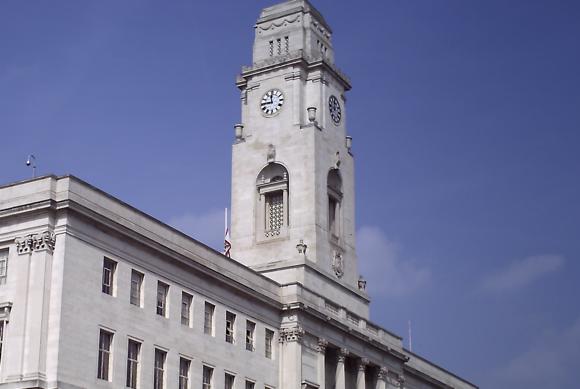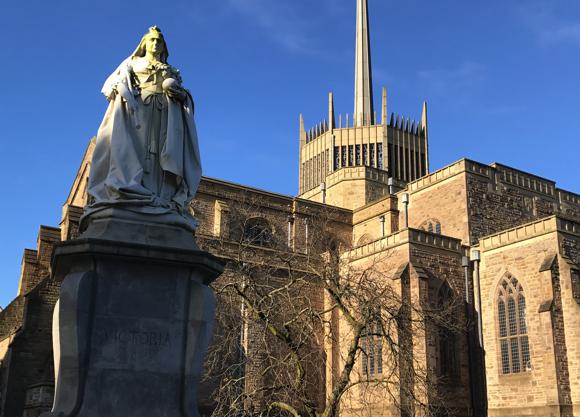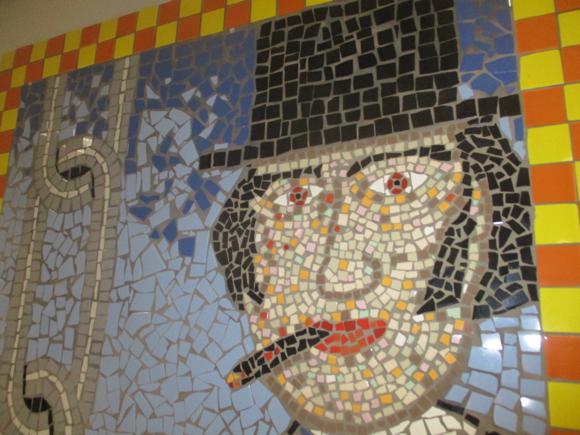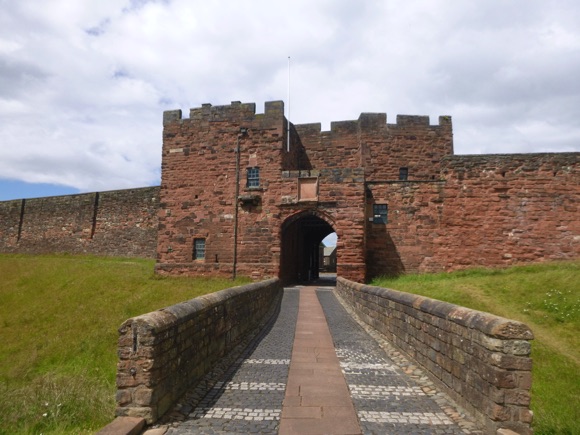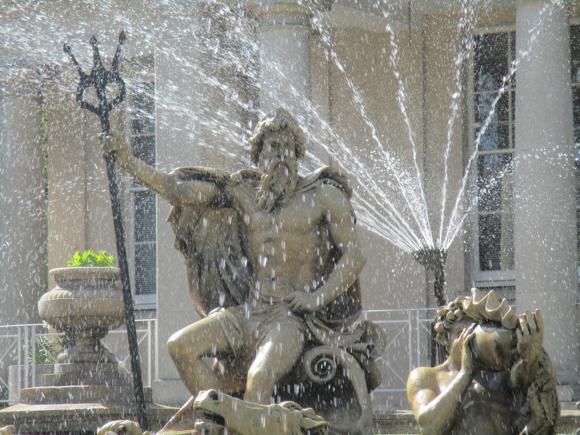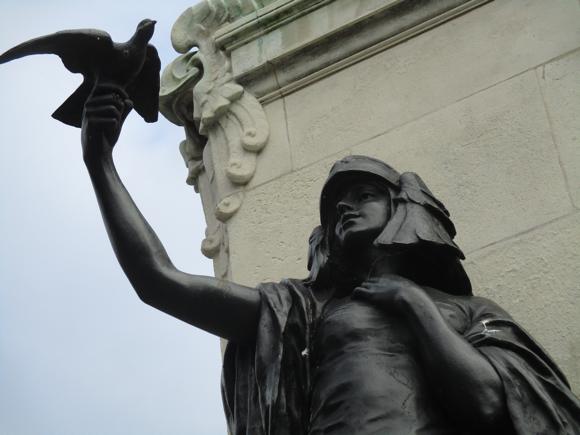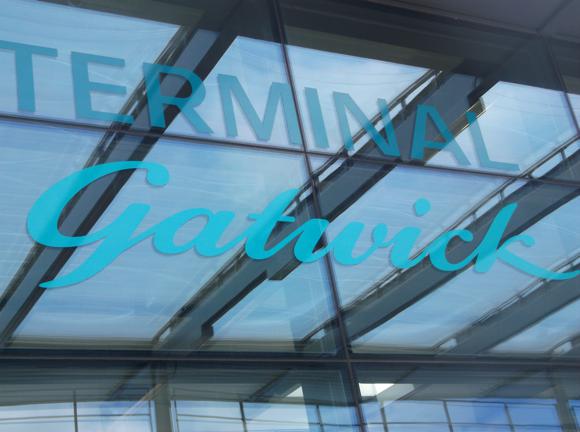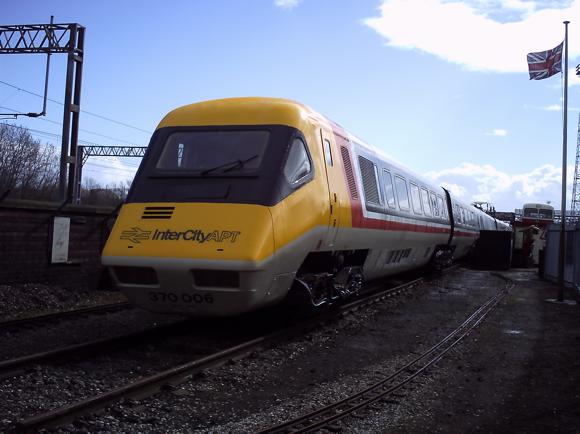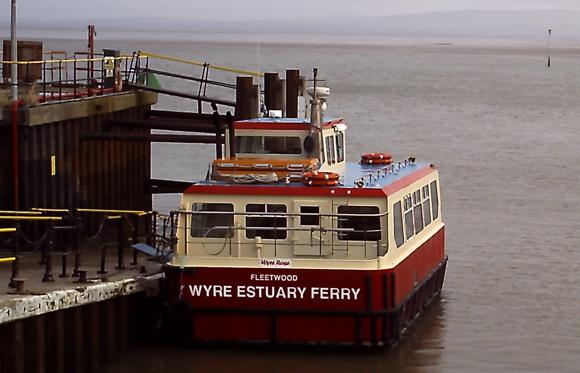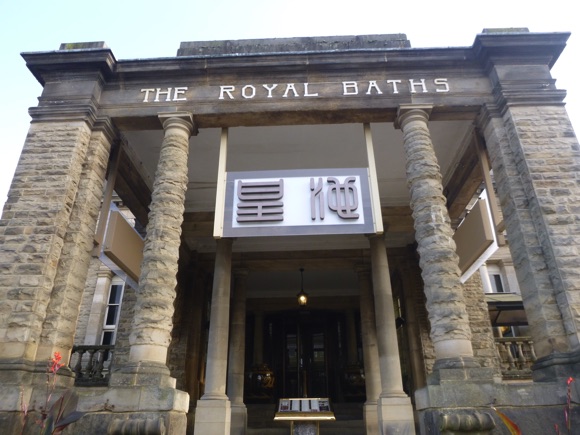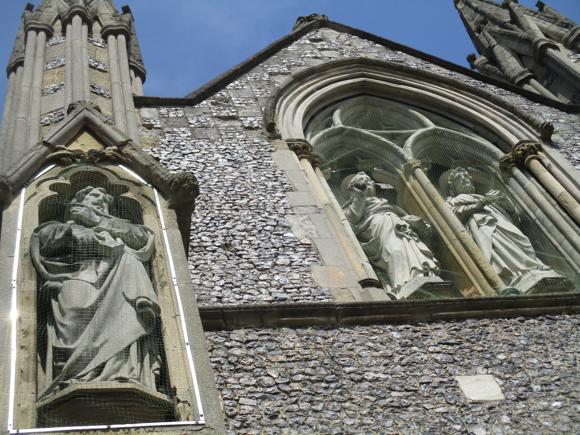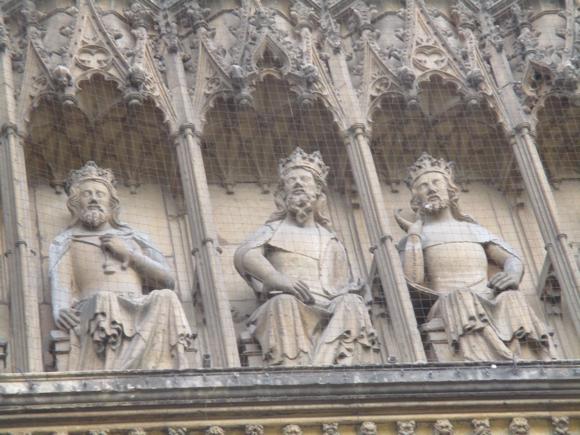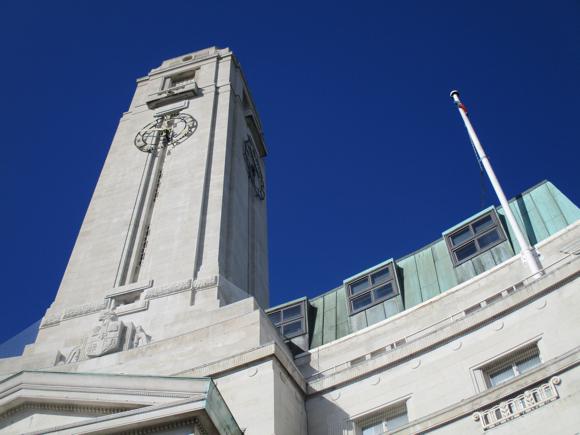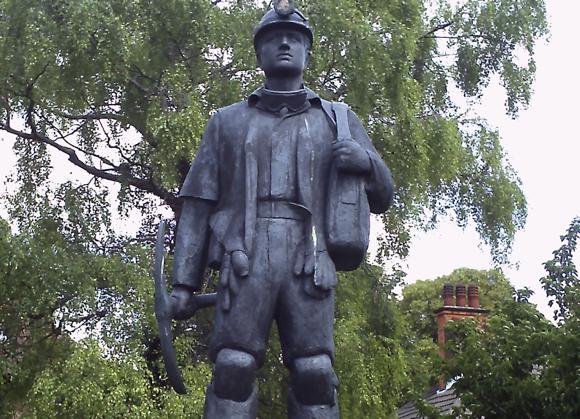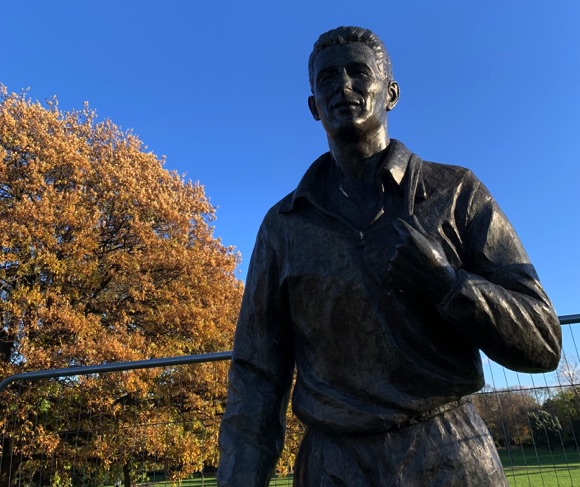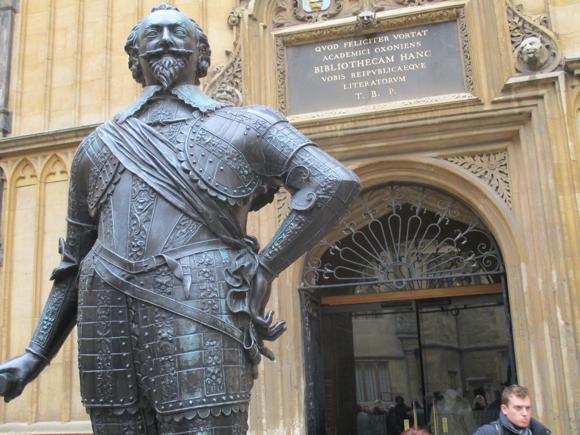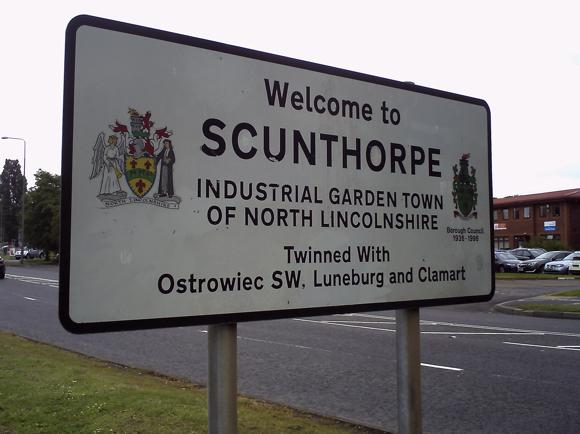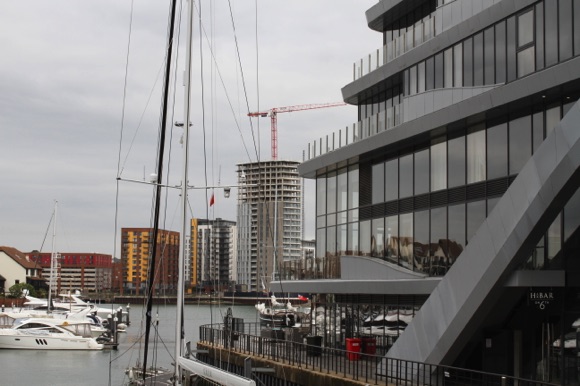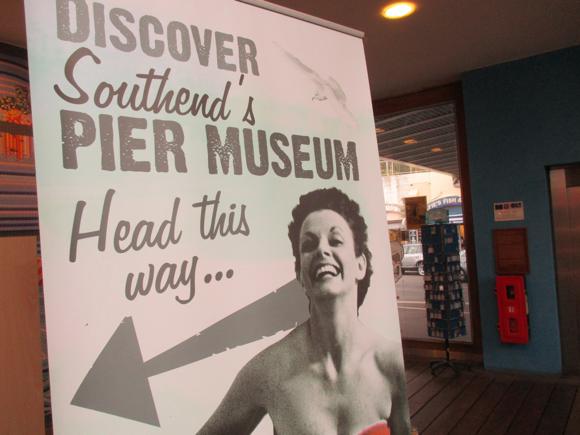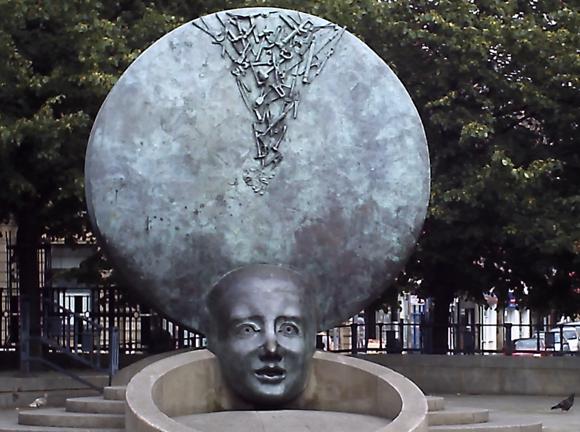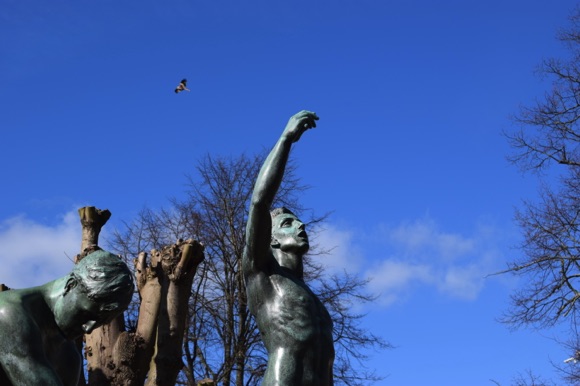Teams, tales and tips – a guide to the local game
For a town whose rugby club was crowned European champions in 2020 and whose soccer team has never even reached the second tier in the domestic set-up despite a century of trying, the cathedral city of Exeter can claim a fair few football firsts.
Famously, venerable Exeter City made history as early as 1914, not by the banks of the river Exe but in Rio. The Grecians were the first side to play the Brazilian national football team, later five-time world champions. The occasion, at the Estádio das Laranjeiras, where Exeter took on Fluminense’s under-23 side, was celebrated a century later with a pre-season game at the same stadium against the same opponents.
Meanwhile, back at St James Park, the Exeter Supporters’ Trust is still the club’s majority shareholder, providing a pioneering example of fan ownership. This stability, with managers given several seasons to do their job, allowed Exeter to make three play-off finals in four seasons, between 2017 and 2020.

In dire financial straights beforehand – what the fridge was spoon-bending conjurer Uri Geller doing co-running a football club? – Exeter have also managed to make significant improvements to St James Park. This includes knocking down a 90-year-old (!) sideline stand and replacing it with a completely new one, naming it after a Grecians player who died young from cancer. The Adam Stansfield Foundation has also raised hundreds of thousands of pounds to fund local grass-roots football for those less able to take part in it.
The people’s game may have inspired these initiatives but the city remains in thrall to the oval-ball sport. Exeter Chiefs in rugby’s top flight attract five-figure crowds to their Sandy Park ground, stuck out towards the airport. By contrast, far fewer make it to St James Park, reasonably centrally located, alongside the railway station of the same name, with excellent transport links.
It was around here that that Exeter United, formed in 1890, played their earliest fixtures. Records are scant – some suggest United won the Eastern Division of the Devon League in 1900, others that Dawlish overtook them in the table and won the title play-off. What we do know is that former pupils from St Sidwell’s, the name of the neighbouring district, founded their own club a year later.

A friendly match at Blackboy Road, near St James, was arranged in 1902, won in emphatic fashion by the alumni, 3-0. Disaffected United players, impressed with their opponents’ savvy team play, then drifted over to St Sidwell’s.
Leading from Blackboy Road to the centre of town, Sidwell Street was, as now, a major thoroughfare. Today the domain of fast-food eateries, 120 years ago it was lined with historic pubs, taverns and hotels. Many were destroyed in the so-called Baedeker Blitz of 1942 but back then, the Forester’s and the Red Lion were where the players and officials met to dictate the fate of football in Exeter.
A new club, playing in the green of St Sidwell’s but based at St James, was then created, although it was, in reality, just the superior team renamed Exeter City. Even the nickname, the Grecians, derives from St Sidwell’s. By 1910, Exeter City had switched from green to red-and-white stripes and by 1914, the players were on a ship bound for South America.

Joining the Football League the same time as local rivals Plymouth Argyle in 1920, both joined by Torquay in 1927, Exeter played out long decades in the third and fourth tiers, seasons punctuated by Devon derbies and Cup epics. Long before a vital, money-spinning replay with Manchester United in 2005, a record crowd of 21,000 gathered at St James Park In 1931, to witness a 4-2 thriller won by Sunderland after a heroic draw at Roker Park.
Eight decades later, the Supporters’ Trust and Exeter Exiles fan group set up the 1931 Fund to finance an extra squad player. He wears shirt No.31, a mark of local supporter commitment despite the economic difficulties of following a football club in the rugby-blighted west of England.





Getting Around
Arriving in town, local transport and timings

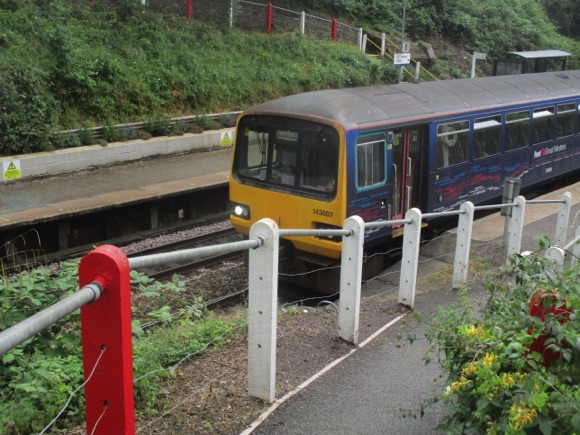
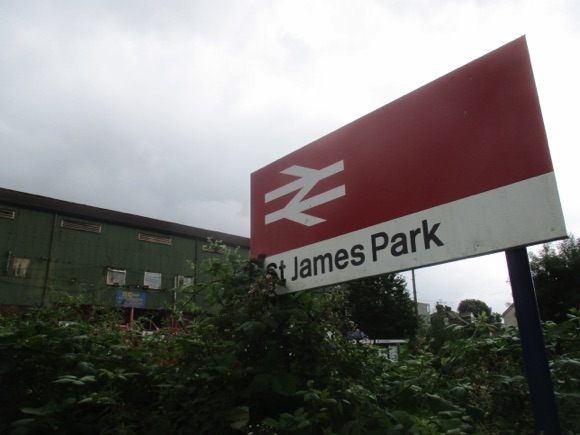
Exeter International Airport is 6.5km (four miles) east of the city centre, serving a few domestic and seasonal holiday routes.
From the airport, Stagecoach bus 56 (Mon-Sat every 30mins, Sun every 1hr) runs to Exeter bus station (20mins) then St Davids (30mins), one of Exeter’s two main rail stations. A single ticket to either is £2.70, a day pass £4.20, both available on board.
St Davids serves direct mainline trains from London Paddington (2hrs 30mins-3hrs) and Waterloo (3hrs 30mins), average advance single for each £40, and from Birmingham New Street (cheapest advance single £40, 2hrs 45mins). From Manchester Piccadilly (cheapest advance single £40), change at Birmingham New Street, overall journey time 4hrs 15mins.
Exeter Central, closer to town, has hourly links with London Waterloo (cheapest advance single £20, 3hrs 30mins). Both stations are a short, direct regular hop from St James Park beside the ground. Adding an Exeter PlusBus supplement (£2.80) to your ticket allows you to use local buses for the rest of the day. Most services are provided by Stagecoach, with regional routes by Countrybus.
Both the airport and football club recommend Apple Taxis (01392 666 666), which offers a basic £14 fee from airport to town.
Where to Drink
The best pubs and bars for football fans
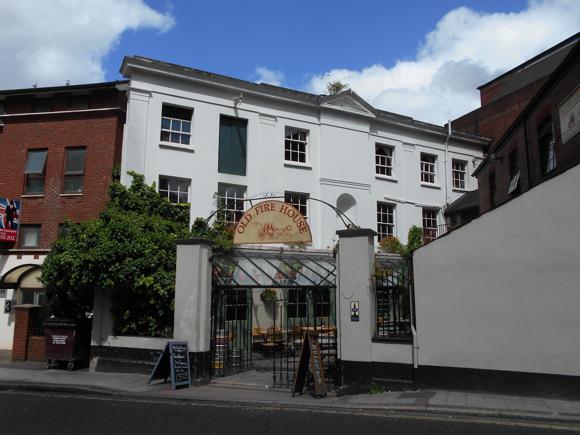
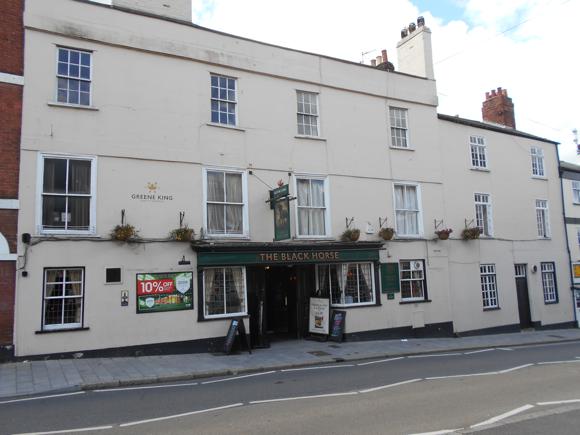


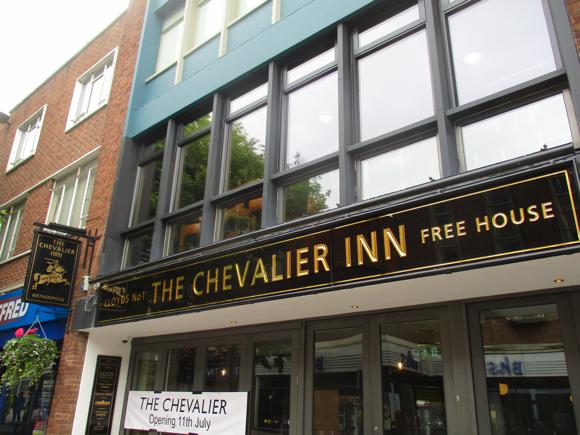

With its high student population, Exeter has plenty of traditional pubs and urban bars, with drink and meal deals all over town.
On the stadium side of the historic centre is a small hub of venues, including the Black Horse, with sports action on a variety of screens and burger-and-beer promotions. Nearby, three-floor The Old Firehouse appeals to real-ale aficionado and student alike, with live music at weekends and a terrace in summer.
Nearer the tangled streets of the city centre, the evening-only Hole in the Wall promises ‘three floors of fine drinking, live music and hot food all under one roof’.
Just the other side of the Cathedral is another hub of bars and restaurants lining South Street. George’s Meeting House is one of a handful of Wetherspoons in town, this set in an 18th-century chapel. The nearby Chevalier Inn stands on the site of a historic inn while, up the hill from St Davids station, the Imperial has been converted from a 1920s hotel, surrounded by a large garden and equipped with an orangery.
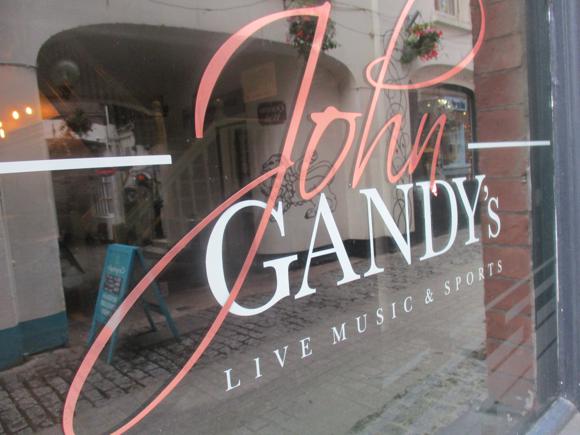

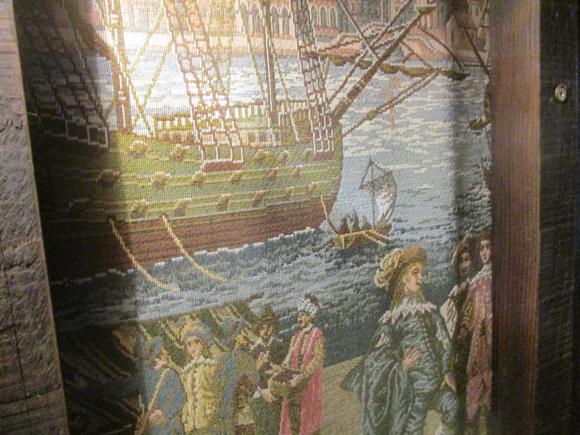
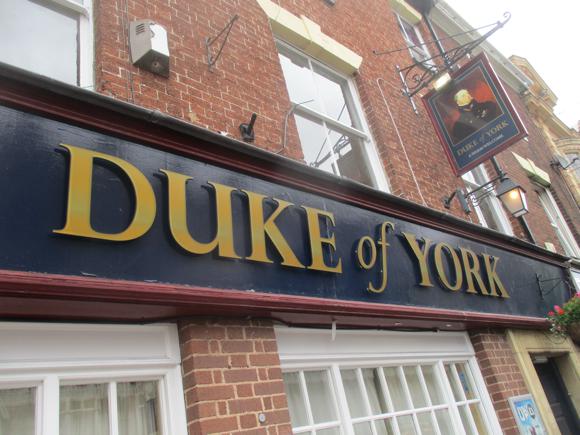
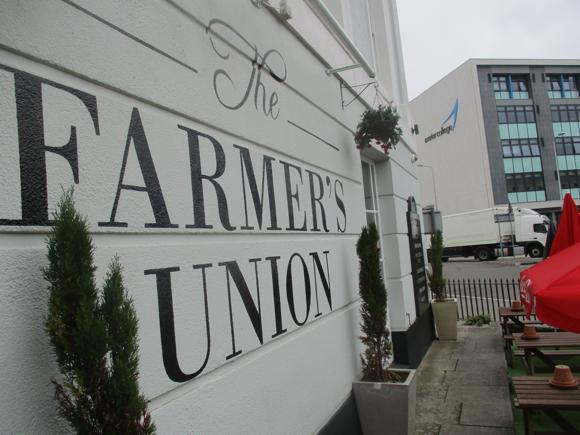

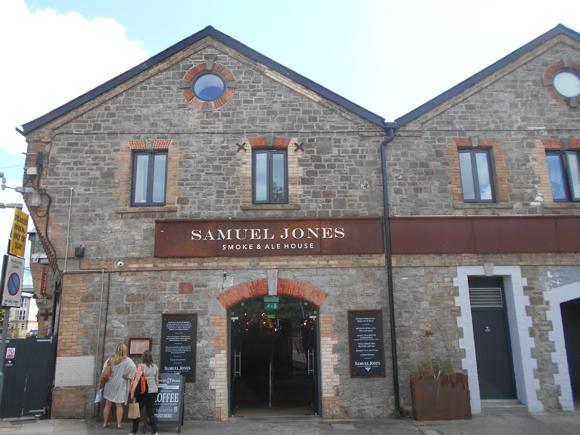
Back in the city centre, tucked down a narrow lane by the Cathedral, the cosy Ship Inn is a 19th-century rebuild of a Sir Francis Drake haunt, where TV sport and pub grub are also main attractions. More vinyl- and cocktail-oriented, with live music too, late-night John Gandy’s comes alive for big tournaments. On the stadium side of town, the Duke of York is more downmarket but reliably shows matches.
Close to the hub of hotels around Exeter Central, The Farmer’s Union comprises a comfortable upscale pub, restaurant and beer garden, with a pool table and TV sport. Slap opposite Exeter Central, The Angel is independent in spirit and lively in character.
For more picturesque drinking, head for the quays on the riverfront. There, Samuel Jones Smoke & Ale House specialises in craft beers and quality food in a industrial/contemporary setting.
Where to stay
The best hotels for the ground and around town
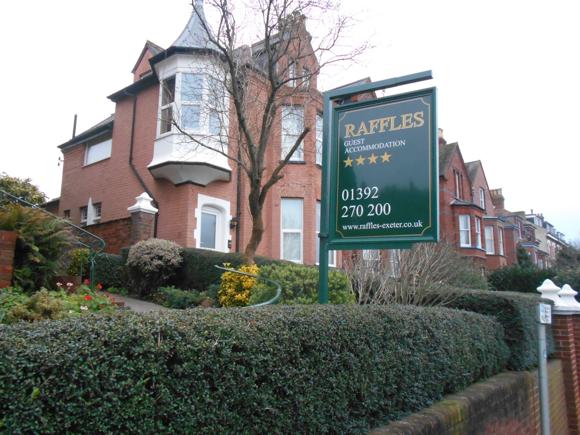
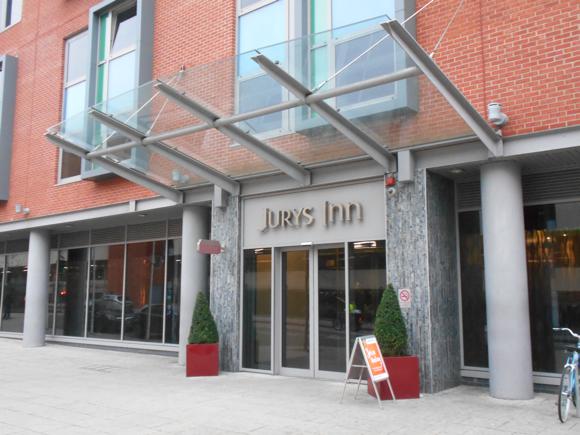

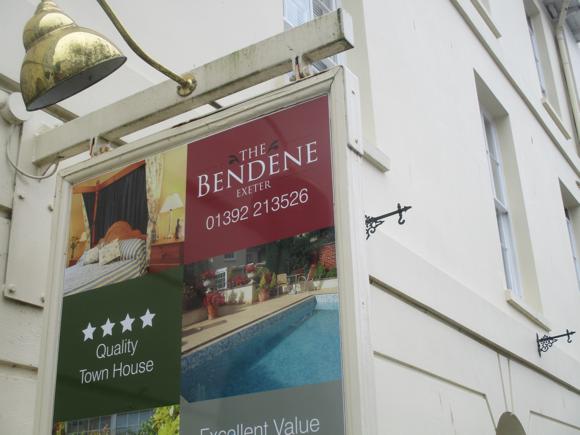
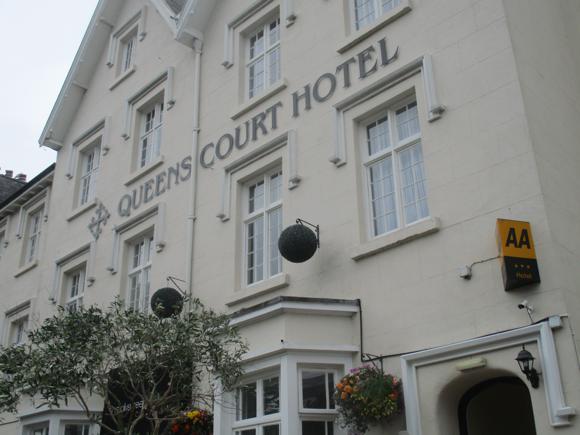
The South Devon Tourist Office has a hotel-booking service.
The nearest lodgings to the ground are set in Victorian-era houses either side of the railway line. The best is the cosy, friendly Raffles – a couple of other guesthouses and B&Bs have closed in recent years.
Also within walking distance is mid-range chain Jurys Inn, this one with 170 rooms, a restaurant, bar and café.
The club recommends the four-star Mercure Exeter Southgate, with a heated pool, sauna and gym, all conveniently close to Exeter Central station. On the other side of the railway tracks, the family-run Bendene Townhouse offers comfortable lodgings, with a communal pool and on-site parking. Rooms with shared facilities are eminently affordable. Nearby, the tasteful Queens Court is set in a grand Georgian property.





Closer to Exeter St Davids, the local Premier Inn has rooms from £30 while further up St Davids Hill, alongside each other, The Telstar and The Oakcliffe are B&Bs of differing quality and but similar prices, the former just that bit snazzier. Back at St Davids, the Great Western was a classic railway hotel, now a two-star, but with Sky TV in all 35 guest rooms and the convivial Loco Bar with real ales.
Right by the Cathedral, the former historic Royal Clarence, renamed the ABode Exeter, burned down in 2016, leaving Exeter without its sole landmark hotel. Serious doubts remain whether it will reopen for the same function.
A short walk away, the White Hart is both traditional pub and hotel, with a warren of 55 en-suite rooms of varying qualities, in and alongside a medieval tavern.



